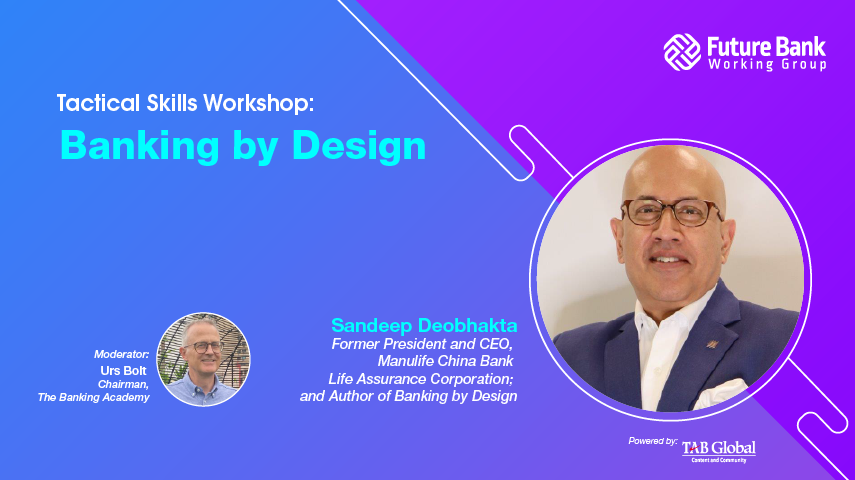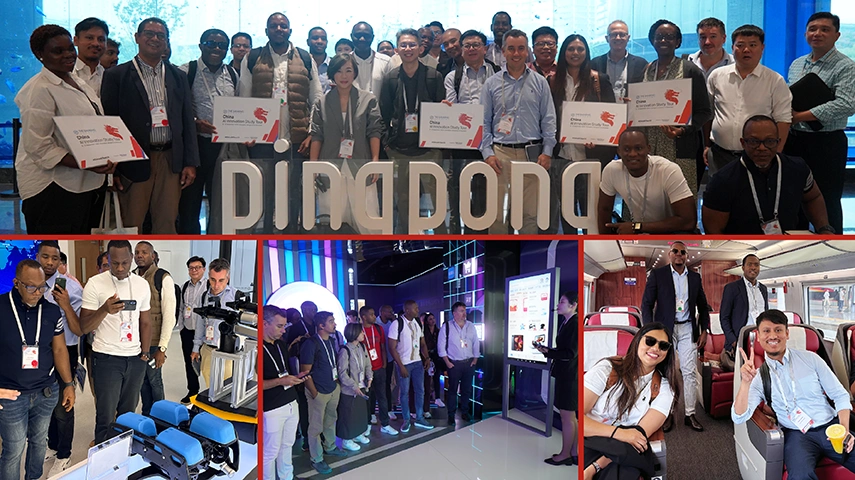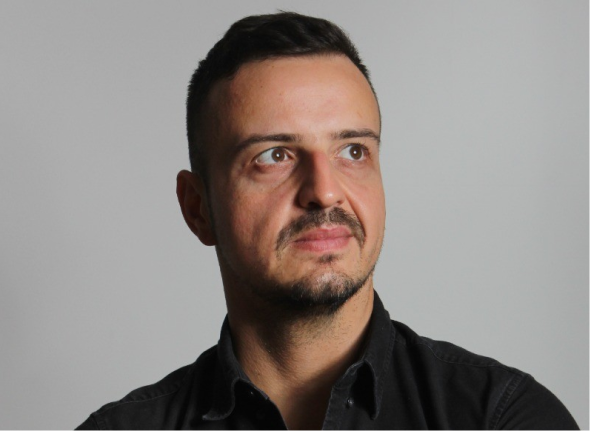As digital transformation reshapes the financial sector, banks are placing greater emphasis on practices that combine customer understanding, iterative problem-solving and cross-functional collaboration. Design thinking offers a structured yet adaptable approach to align product development, risk controls and service delivery with user needs.
In highly regulated environments, such as banking, innovation often requires a balance between creativity and control. According to Sandeep Deobhakta, former president and chief executive of Manulife China Bank Life Assurance Corporation, “It might sound like an oxymoron, but innovation needs structure. Design thinking gives you that structure while keeping the creative process measurable and focused.”
Design thinking bridges strategy and execution, enabling banks to remain responsive to shifting conditions. As Deobhakta explained, “It is essential to orchestrate the front, the back, and the entire team. Everyone has to work in sync to deliver customer value while managing regulatory and operational demands.” Developing this mindset and capability is essential. “Design thinking is not just a tool. It’s a future skill,” he added.
Applying design thinking to reduce risk and improve collaboration
Design thinking in banking is often associated with user experience or digital interfaces. However, its value extends across departments, including risk and compliance, where structured collaboration can improve operational and regulatory outcomes. It supports traditionally siloed functions in jointly addressing customer pain points. As Deobhakta noted, “Design thinking is customer-led but it's also about collaboration. It helps risk and compliance teams reach better outcomes by aligning on what matters.”
This broader application is evident in a project Deobhakta led at VPBank in Vietnam. Automated fraud controls were causing false declines on high-value card transactions, resulting in customer attrition. Through a collaborative process that involved redesigning rules and communication flows, the bank reduced the number of false positives. Within six months, 65% of affected customers who had reduced usage returned to active engagement.
Deobhakta outlined the double diamond framework as a practical model. “The left side of the diamond is all about discovery by going broad, gathering insight and understanding the problem. The right side focuses on development through narrowing down, prototyping, and testing solutions. It’s structured, but it lets you stay open to possibilities.” This structure enables teams to transition from diagnosis to delivery in a manner that yields measurable results.
Turning customer insight into relevant and meaningful product design
Customer relevance often depends on connecting data with behaviour and emotional drivers. As Deobhakta explained, “You start with the data, but then ask: what would it take for a household to buy insurance from us, or to bring their wealth business to us? Design thinking helps you explore that human layer of insight.”
This approach informed innovation at Bank Rakyat Indonesia. The bank used design thinking to develop a digital gifting feature in BRImo, its mobile application. Customers sought meaningful peer-to-peer transfers during cultural events and personal milestones, prompting the team to design for personalisation and ease of use. The result was a feature that combined visual appeal with emotional utility. According to Deobhakta, “Projects like this reflect how design can help financial services play a more meaningful role in customers' daily lives.”
Beyond new features, design thinking also enhances engagement in existing offerings, where timing and relevance are crucial. Another example came from the insurance industry, where design was used to anticipate customer needs ahead of sensitive pricing changes. Proactively engaging customers before they experience price friction can significantly improve retention. As Deobhakta explained, “A lot of insurance pricing is age-driven. You can predict when premiums will increase so you design interventions before that happens. You’re not surprising the customer, you’re preparing them.” By identifying key behavioural segments, teams were able to act before dissatisfaction set in, which improved both retention and satisfaction.
Making design thinking operational across people and performance
The full impact of design thinking depends on how effectively it is embedded in day-to-day work. Deobhakta described effective groups as the “Formula One pit crews of financial services,” where members align quickly across functions. “These teams deliver precision under pressure. They rely on insight, data and clarity of roles to make decisions fast without losing control.”
Capability-building across the front line is a critical enabler of this model. Deobhakta emphasised the need to equip teams with practical confidence and skillsets: “Can your relationship managers talk about wealth with confidence? Do your frontline teams know how to sell based on needs and values? Design thinking only works if people on the ground are empowered to use it.”
Beyond frontline delivery, institutions must assess how deeply design practices are integrated into decision-making and leadership culture. Deobhakta noted that building design maturity entails developing cross-functional capabilities that support experimentation, alignment, and continuous delivery. He encouraged leaders to assess how design-led thinking and execution operate across the organisation. This provides a clearer view of their readiness for innovation-led growth.
These applications show how design thinking contributes not only to new product development but also to optimising existing customer journeys and strengthening long-term value.
Using design thinking as a strategy for enterprise-wide innovation
Design thinking provides banks with a unified approach to addressing both complexity and change. According to Deobhakta, “It brings together digital capabilities and core banking principles to create real outcomes for the customer and the institution.”
It also serves as a leadership mindset that links enterprise priorities with scalable execution. Deobhakta emphasised that design is not only a process but also a mindset. “Design thinking connects purpose with action. It helps you build solutions that are compliant, relevant and human-centred.”
As institutions strive to enhance their resilience and relevance in a rapidly evolving financial landscape, design thinking offers a structured approach to achieve this goal. Projects like BRImo’s gifting feature and VPBank’s fraud response demonstrate how cross-functional collaboration leads to improved outcomes.
Consistency and integration are key to realising its long-term value. Deobhakta concluded, “It is a mindset, not a method, and it is becoming a necessity for the future of banking.”
Banks seeking to embed this mindset can start by assessing their design maturity, equipping hybrid teams, and aligning design practices with measurable business outcomes. In a changing financial landscape, institutions that design with intent will lead with relevance.
The Future Banking Working Group (FBWG) invites you to our upcoming session on “Banking by Design”, a dynamic tactical workshop where we'll explore how financial institutions can turn design into a strategic superpower, tap into the success playbook of digital-only banks, and harness Human-Centred Design (HCD) and Human-Centred AI (HCAI) to lead the next wave of banking innovation.
In this interactive session, we’ll discuss:
- How can design thinking move beyond aesthetics to become a strategic driver of customer experience and loyalty, innovation, and competitive advantage in financial services?
- In what ways can embedding design into business strategy enhance customer lifetime value and institutional resilience?
- What business models have digital-first banks like Nubank adopted to prioritise lending and drive early profitability?
- How do lean operations, minimal physical infrastructure, and agile technology platforms create an advantage for digital-only banks?
- How can financial institutions leverage customer-centric design to deliver more intuitive and personalised banking experiences?
- How can AI integration help automate processes, reduce costs, and provide hyper-personalised financial solutions at scale?
Agenda (SGT)
- 4:00 PM-410 PM: Introduction of Banking by Design workshop by Urs Bolt, Chairman, The Banking Academy
- 4:10 PM – 4:40 PM: Presentation by Sandeep Deobhakta, President and CEO, Manulife China Bank Life Assurance Corporation; and Author of Banking by Design
- 4:40 PM – 5:00 PM: Q&A
Industry Expert:
































